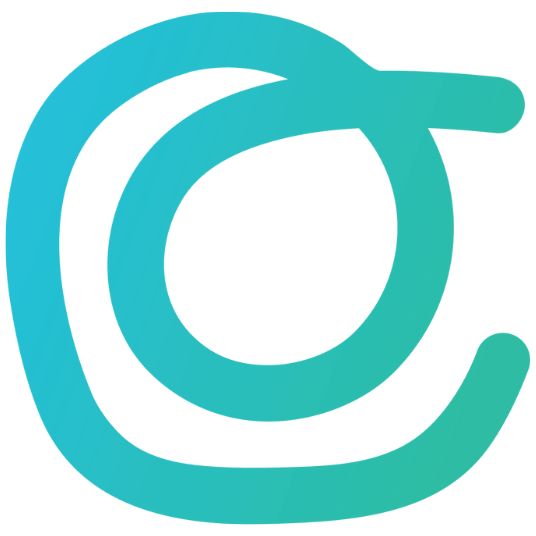241 reads
4 Astounding Ways To Increase Mobile App Conversion Rate
by
August 21st, 2022
Audio Presented by

#Quanrio is a #SoftwareDevelopment Company that focuses on growing businesses through software development.
About Author
#Quanrio is a #SoftwareDevelopment Company that focuses on growing businesses through software development.